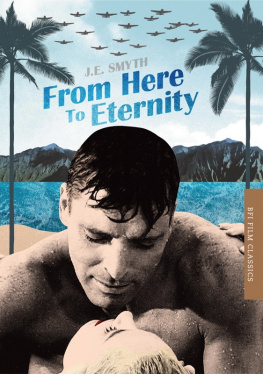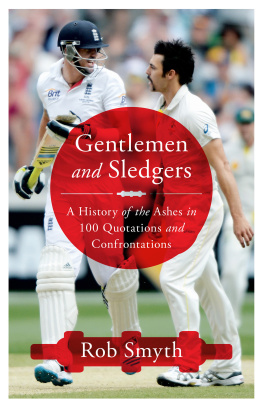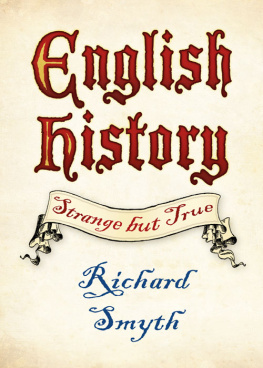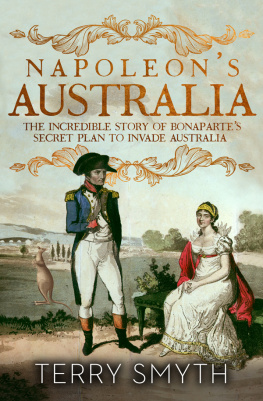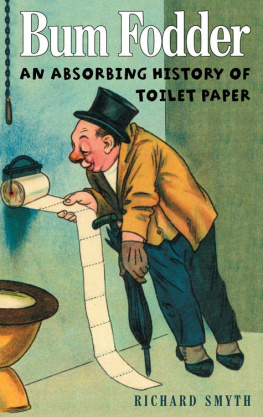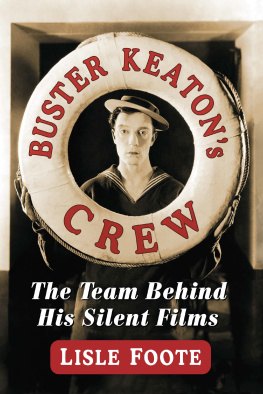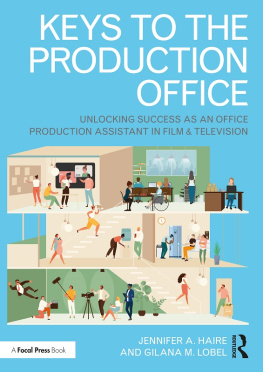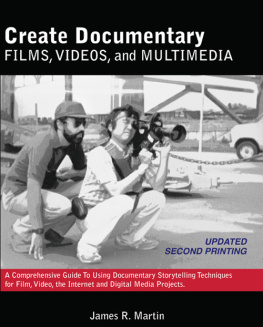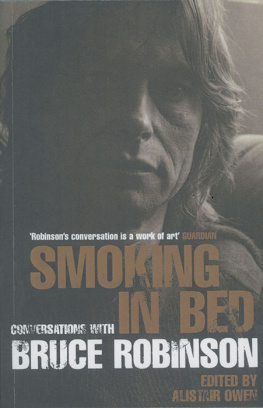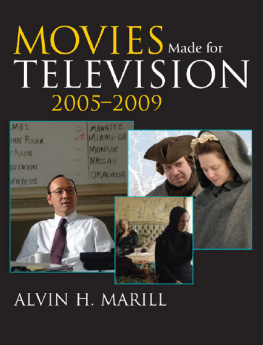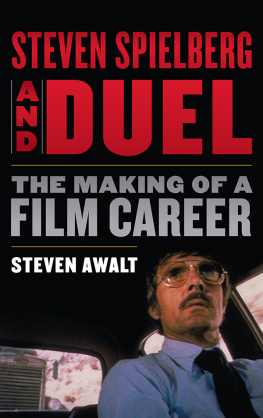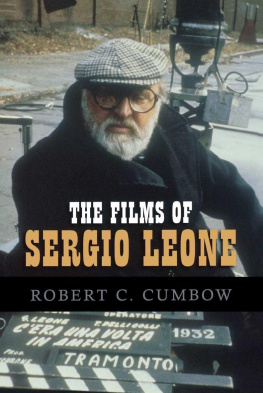BFI Film Classics
The BFI Film Classics is a series of books that introduces, interprets and celebrates landmarks of world cinema. Each volume offers an argument for the films classic status, together with discussion of its production and reception history, its place within a genre or national cinema, an account of its technical and aesthetic importance, and in many cases, the authors personal response to the film.
For a full list of titles available in the series, please visit our website: www.palgrave.com/bfi
Magnificently concentrated examples of flowing freeform critical poetry.
Uncut
A formidable body of work collectively generating some fascinating insights into the evolution of cinema.
Times Higher Education Supplement
The series is a landmark in film criticism.
Quarterly Review of Film and Video
Possibly the most bountiful book series in the history of film criticism.
Jonathan Rosenbaum, Film Comment
Editorial Advisory Board
Geoff Andrew, British Film Institute | Laura Mulvey, Birkbeck College, University of London |
Edward Buscombe | Alastair Phillips, University of Warwick |
William Germano, The Cooper Union for the Advancement of Science and Art | Dana Polan, New York University |
Lalitha Gopalan, University of Texas at Austin | B. Ruby Rich, University of California, Santa Cruz |
Lee Grieveson, University College London | Amy Villarejo, Cornell University |
Nick James, Editor, Sight & Sound |
From Here to Eternity
J. E. Smyth
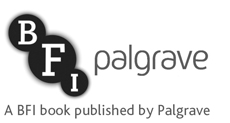
J. E. Smyth 2015
All rights reserved. No reproduction, copy or transmission of this publication may be made without written permission. No portion of this publication may be reproduced, copied or transmitted save with written permission or in accordance with the provisions of the Copyright, Designs and Patents Act 1988, or under the terms of any licence permitting limited copying issued by the Copyright Licensing Agency, Saffron House, 610 Kirby Street, London EC1N 8TS. Any person who does any unauthorised act in relation to this publication may be liable to criminal prosecution and civil claims for damages.
The author has asserted her right to be identified as the author of this work in accordance with the Copyright, Designs and Patents Act 1988.
First published in 2015 by
PALGRAVE
on behalf of the
BRITISH FILM INSTITUTE
21 Stephen Street, London W1T 1LN
www.bfi.org.uk
Theres more to discover about film and television through the BFI. Our world-renowned archive, cinemas, festivals, films, publications and learning resources are here to inspire you.
Palgrave in the UK is an imprint of Macmillan Publishers Limited, registered in England, company number 785998, of 4 Crinan Street, London N1 9XW. Palgrave Macmillan in the US is a division of St Martins Press LLC, 175 Fifth Avenue, New York, NY 10010. Palgrave is a global imprint of the above companies and is represented throughout the world. Palgrave and Macmillan are registered trademarks in the United States, the United Kingdom, Europe and other countries.
Front cover design: Eda Akaltun
Series text design: ketchup/SE14
Images from From Here to Eternity (Fred Zinnemann, 1953), Columbia Pictures Corporation; Julia (Fred Zinnemann, 1977), Twentieth Century-Fox Film Corporation
Set by Cambrian Typesetters, Camberley, Surrey
Printed in China
This book is printed on paper suitable for recycling and made from fully managed and sustained forest sources. Logging, pulping and manufacturing processes are expected to conform to the environmental regulations of the country of origin.
British Library Cataloguing-in-Publication Data
A catalogue record for this book is available from the British Library
A catalog record for this book is available from the Library of Congress
ISBN 9781844578146
Contents
Acknowledgments
My thanks to Ned Comstock, Jenny Romero and Barbara Hall for locating archival material, and to Jenna Steventon, Lucinda Knight, Chantal Latchford and Sophia Contento for expert editing and support. My continuing gratitude to Tim Zinnemann for his tolerance and dry humour, and to Alvin Sargent and Stanley for being there. My love to Zoe and Zachary, who side with Maggio every time, and who already know the freedoms and frustrations of exile.
From Here to Eternity
Something like Eternity happens only once in a long, long time.
Buddy Adler, 1954
It took James Jones 858 pages to tell From Here to Eternitys story of the US army in the last months before the Japanese attack on Pearl Harbor, but the film is as lean and powerful as its star Burt Lancasters body. Columbia Pictures studio head Harry Cohn wanted the adaptation of the cumbersome bestselling novel to run under two hours, and it does so with almost military precision. From the first shot, soldiers move into line, forming their companies while George Dunings musical score covers the opening titles. These are men who fit into the spaces of their platoons and companies as neatly as any wartime combat film fit the Hollywood studio production line. But though any individuality or differences among the men disappear as they begin to drill in the neat courtyards of Schofield Barracks, Hollywood had never produced a film like From Here to Eternity.
It was and is a standalone original, much like its two protagonists, First Sergeant Milton Warden (Burt Lancaster) and Private Robert E. Lee Prewitt (Montgomery Clift).
The film charts the lives of five lonely and disillusioned people living in the last prewar days of Pearl Harbor under the shadow of Americas pacific military empire. Private Robert E. Lee Prewitt has just transferred from the Bugle Corps to the infantry at Schofield Barracks, Oahu, Hawaii. Stubborn, principled, loyal and a disciplined and capable soldier, hes doomed in the nepotistic peacetime US army. His new topkick, Sergeant Milton Warden, is initially wary and disapproving of the outsider, but grows to like him, even as company commander Captain Dana Holmes (Philip Ober) pushes Prewitt to the edge with a brutal and unrelenting hazing campaign designed to force him to box on the regimental team. Warden, disgusted with his superior officer and bored with army routine, has an affair with Holmess wife Karen (Deborah Kerr). Trapped in a loveless marriage and known up and down the base for her string of affairs with enlisted men, she ends up falling in love with Warden. Meanwhile, Prewitt takes up with a prostitute called Lorene (Donna Reed) who works at the New Congress Club in downtown Honolulu. His friend Angelo Maggio (Frank Sinatra) is even more outspoken than Prewitt and ends up being sent to the stockade where he is beaten to the point of death by Sergeant Judson (Ernest Borgnine). Prewitt later kills Judson outside the New Congress Club and goes AWOL, but tries to return to his unit shortly after the Japanese bomb Pearl Harbor. Hes shot by his own men. A few days later, Karen and Lorene sail for the states, but Warden remains at Pearl Harbor, poised for a heroic war career.
Part war picture, part romantic melodrama, part historical period piece, part social realist film, From Here to Eternity fit into no neat genre. Made at the end of the studio system in the chaotic media age of television, 3D, CinemaScope, and stereophonic sound, it nonetheless was shot in spare black-and-white and in the standard aspect ratio and, as critic Archer Winsten first argued, does not need the enhancements of new cinematic technology.
Next page
